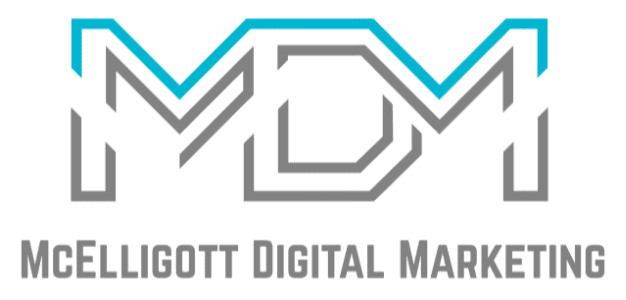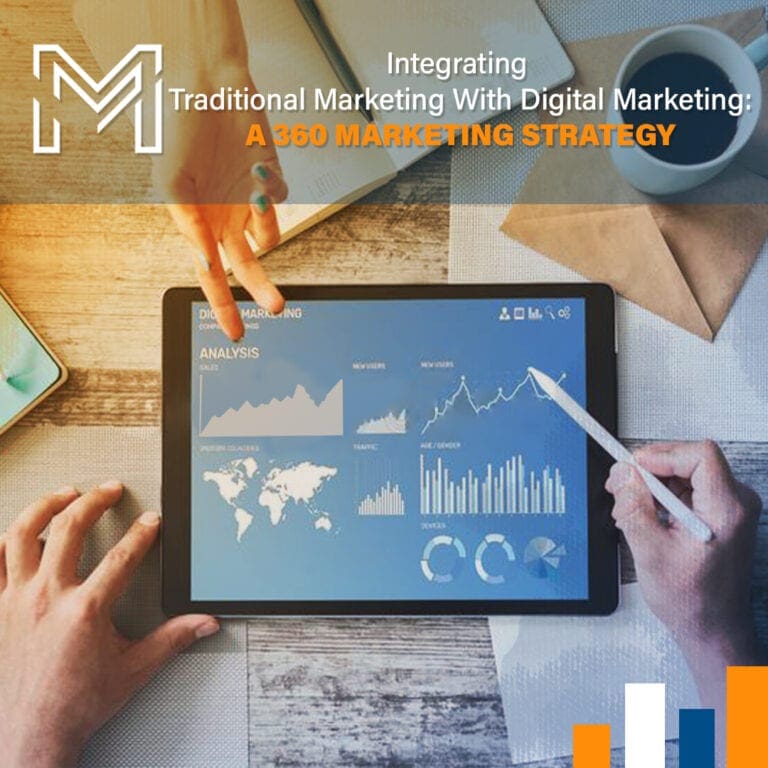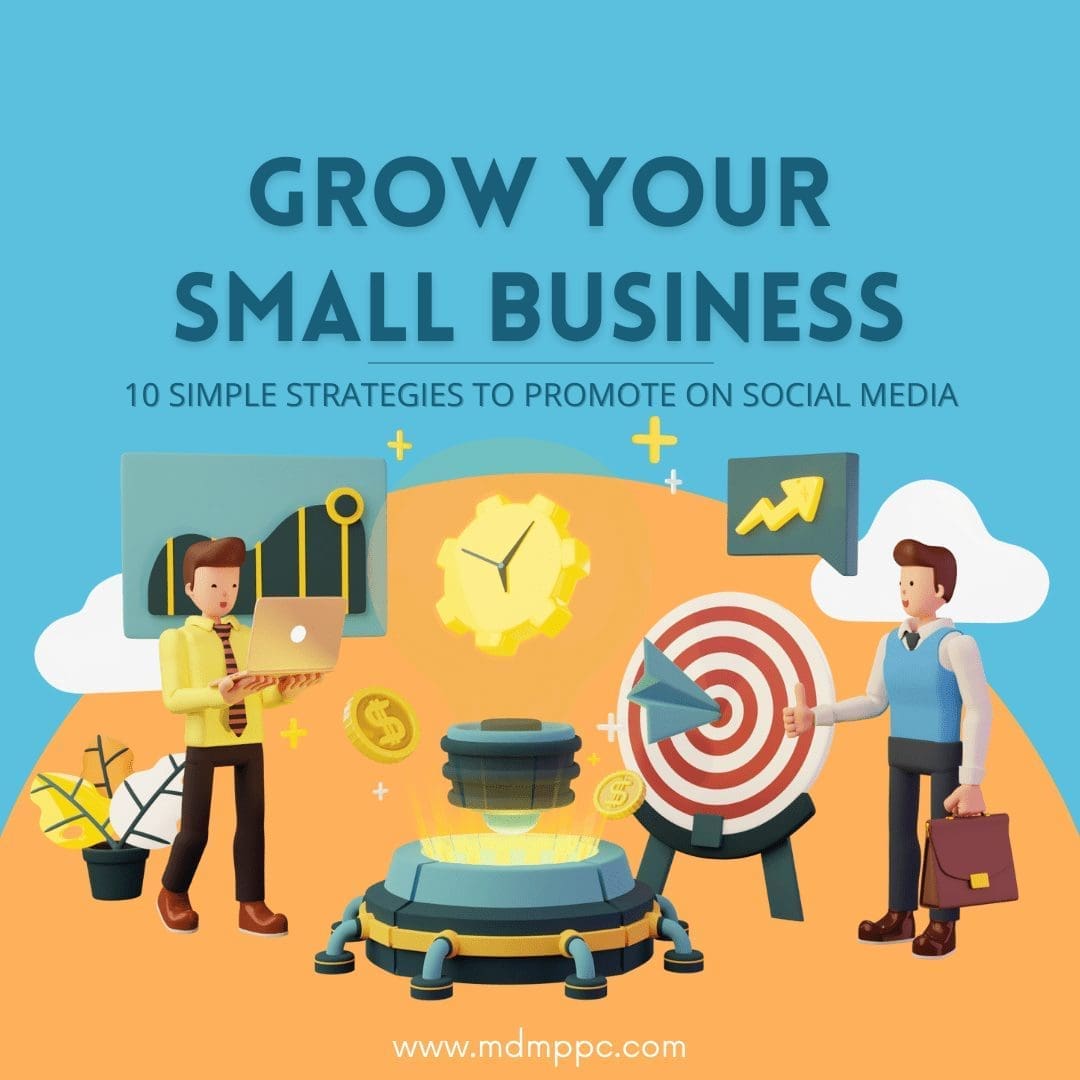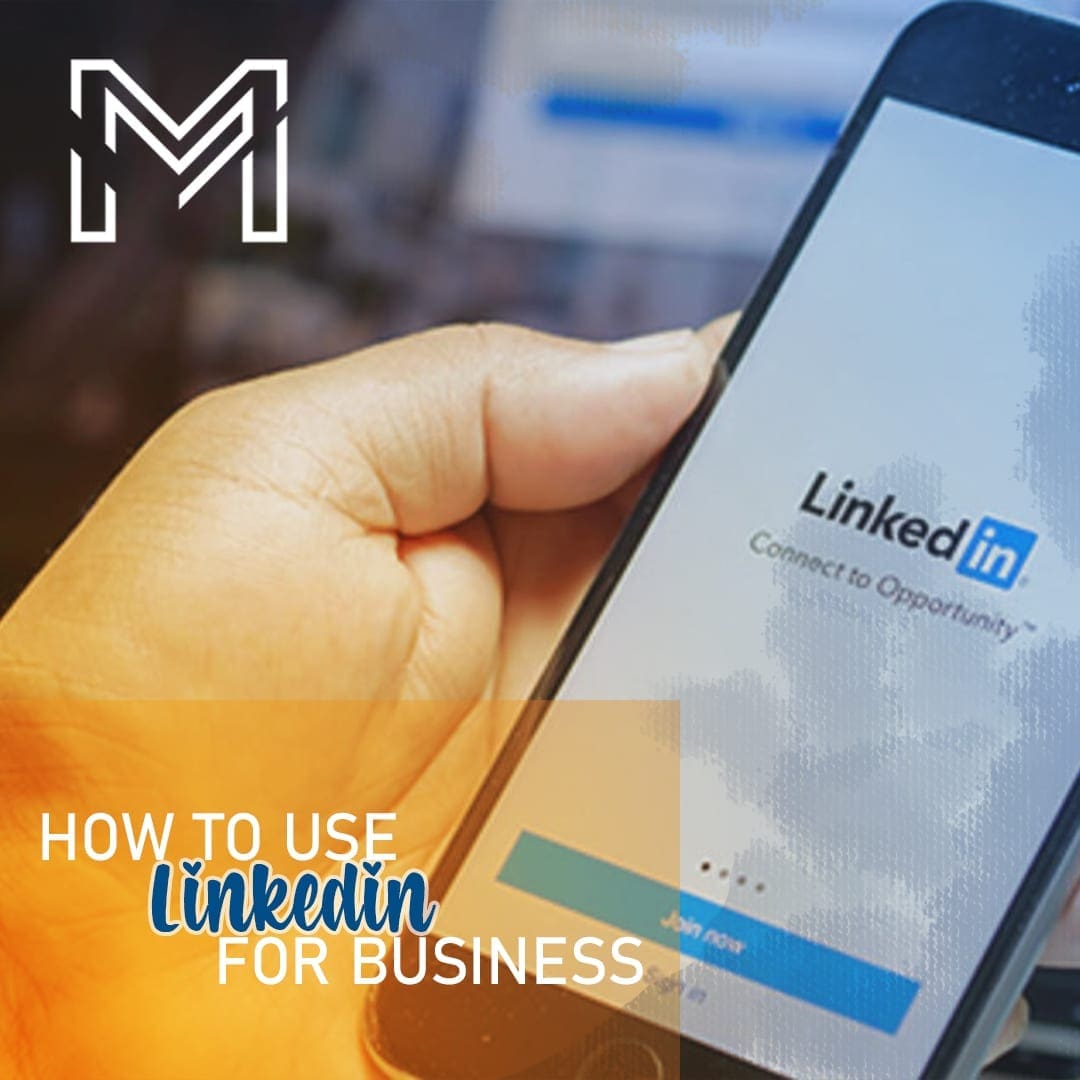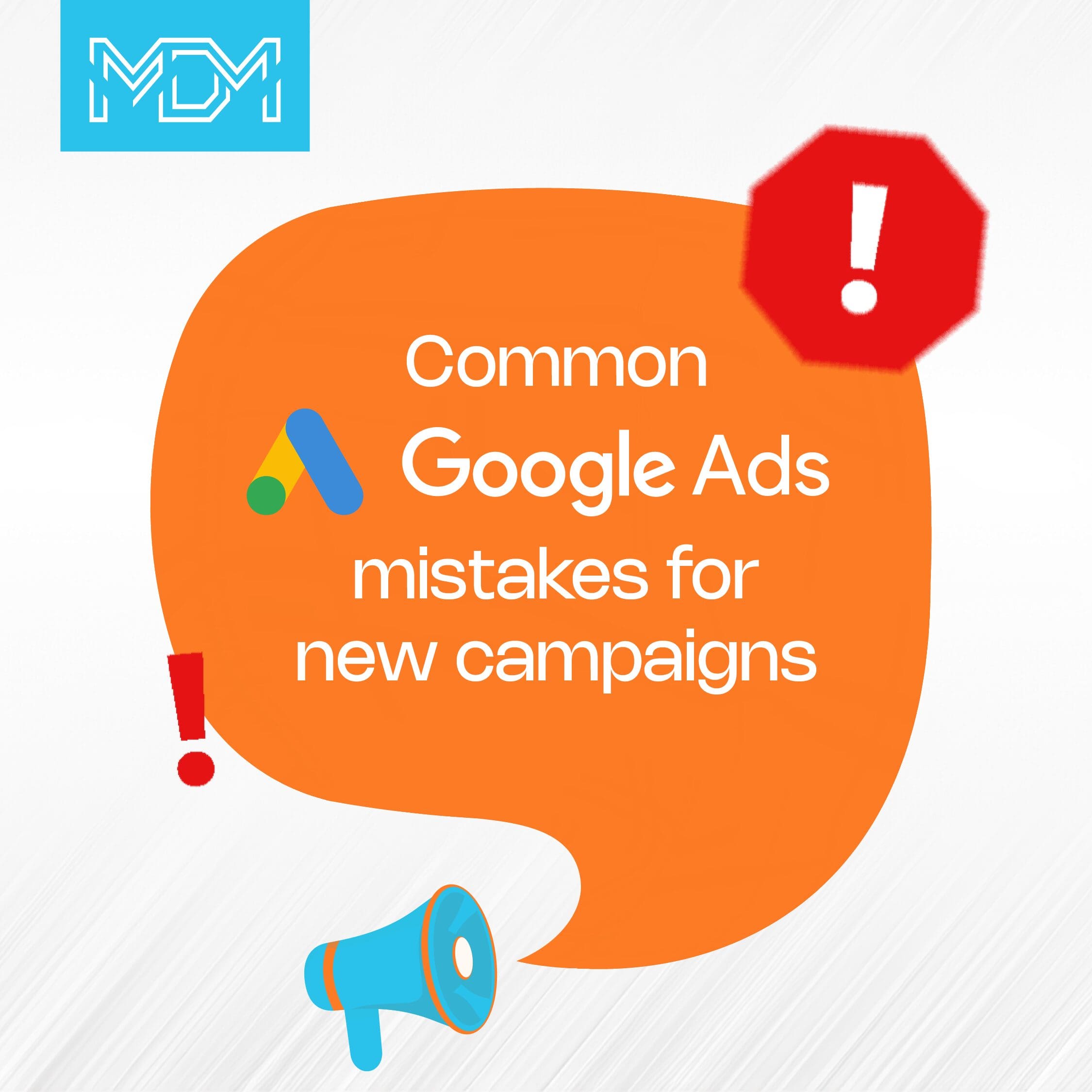If you are here to find out whether the digital dollars are taking over the budget component of traditional advertising, I have a better question to be asked.
There’s no denying the fact that there has been a steady shift of consumer attention towards digital media. But does this mean that traditional spending is completely ruled out of the marketing strategies?
Let Pepsico answer your question.
The Pepsi Refresh Project was declared a failure: the reason being the considerable slide in its market share. Pepsi had diverted a large chunk of money to only Social Media activities, forgetting the large mass media presence it had in the US.
This shift in the investment in social media marketing came at the cost of its traditional media marketing, and it cost Pepsi a loss of lots of money.
What this example stresses is that you can’t leave out traditional advertising. The key is to collaborate social media marketing with traditional advertising to facilitate the buyer’s journey down the funnel and conversion.
What we are talking about here is an integrated marketing strategy or 360 marketing strategy for achieving larger marketing goals.
Why integrated marketing strategy?
- Optimize reach and relevance
While traditional mass media gives large-scale coverage quickly, mind you, it takes higher costs. But integrating it with digital media is great for relevance and drawing specific consumers.
The idea is to get more eyes on your brand and help attract the ideal customers.
- Better tracking of the ad effectiveness
Traditional media ad results are hard to track, but combining them with digital marketing can better read the ad results.
For example, if you run a TV ad at, say, 7 pm, your associated website analytics trends can tell you whether the ad is performing well or not. If there is a spike or downfall in your web analytics just around the time when your TV ad runs, you can judge the impacts of the TV ad.
- Presence at all the touchpoints of a customer in a day
Whether your prospects are using digital media on their mobile, watching television, reading print, or having a look at billboards, integrating marketing strategy allows your brand to have a more effective presence.
Also, it shock-proofs your advertising efforts from sudden trends or seasonality changes.
10 Ways to Integrate Digital Marketing and Traditional Marketing
There is no tussle between digital marketing and traditional marketing per se, but the wiser thing to do is to create the right balance between both.
Where to spend, and how much is the real game! An integrated approach can significantly impact your advertising campaigns.
Let’s look at how to do that:
- Add your digital channels on printed collaterals
This is one of the easiest and attractive ways for integrated marketing.
Put your website addresses, social channels on your business cards, leaflets, posters, and brochures. Companies do this because people are more willing to follow brands, and when they go online next time, they are most likely to open URLs or search the web address on their smartphones or PCs.
You need to be consistent across all the mediums.
- Include Call to Action in TV commercials
TV ads might be expensive, but you can’t deny they are fast and effective.
Use an appropriate call to action to draw to the landing page of your website or your online assets. Quickly highlight the campaign landing page in the ads to engage your audience to visit to get additional details.
This technique has been effective till now and is predicted to continue doing so in the future.
- Targeted ads to drive purchase in-store
I prefer to buy in-store than online purchases, and many people take a walk-in to the store rather than spending dollars online.
You can run online campaigns to create awareness about your store for customers who opt to shop in person.
Give an offer or barcode on your site for these individuals, which they can redeem when they purchase in-store.
Geo-targeted ads work for driving people to the physical location of the store.
- Direct Mail Marketing and Email Marketing and Website
Handing out handwritten invitations to your business events or letters is more personalized, and it creates a unique face of your brand.
Direct mail can be integrated with your website, but you need to put in a little extra effort, like making the links easy-to-follow or adding a QR code linking back to your website.
If you have an incentive to offer seasonal discounts or special offers on your landing page, this can work even great.
- Include barcode in printed ads
Print media advertisements still catch the eyes of people. People all over the world read newspapers or magazines, especially their favorite niche. Moreover, these magazines and papers are available in beauty parlors and cafes to help people kill time as they wait for their turn.
Including a QR code or barcode that links back to your website, social media, or page is a great idea. People are less hesitant to take out their smartphones and scan the code to see what’s in there.
This technique brings traffic to your website and calls for engagements from the customer in the near future if they like your service.
- Promoting events on social channels
If you are going to host a local event in the future, you can leverage online platforms to keep the audience updated with the event. You can invite users to your event page on Facebook or engage people on Twitter with a live relay of tweets by creating an event hashtag.
This can also help you to reach out to your potential customers later after the event.
- Online customer support with your physical store products/services
While you integrate your store with your online properties, what you get is not only sales but also challenges arriving regarding your products or services.
Wait, this can also be a good opportunity for increasing customer trust and loyalty towards your brand. Offer online support to customers to answer their questions, resolve problems and inform them better.
The advent of AI ( artificial intelligence) replaces the need for physical presence with chatbots hosted on your website or social channel to address the problems of your customer.
- Follow up with customers using form-fill information
Suppose that you are selling an online course, video tutorial, or a simple DIY. Your website might ask users to fill up the sign-up page with little information.
You can ask your sales team to follow up with the users with the help of collected customer data from your website. This can be done by a simple phone call to the customer.
- Promote your social channels on billboards
Billboards have been an ever-working way of catching the eyes with the smart use of graphics and attractive wording.
Don’t forget to add your social channels for the display on billboards. You can ask viewers to submit their content like photos, videos, or blogs. You can also invite them to opt-in to receive your email communication.
- Digital coupons and online contests
You can use both physical coupons and digital coupons, especially in the holiday shopping periods.
If you aren’t giving out coupons, customers can overlook your brand and move onto your competitors.
You can offer physical coupons to your customers when they purchase from your store to redeem them online for their next purchase. The same can be done for digital coupons to either buy your products by physically walking into your store or online.
You can also provide contests to the users for better reach and engagement.
By adopting an integrated and holistic marketing approach, you can achieve better reach and more customers. If digital marketing attracts tech-savvy youth, traditional marketing still has the eyes of the customers who enjoy the feel of products they buy.
Start-ups and established companies both have been adopting the combination of these two marketing strategies. And definitely, you do not want to be left behind in the combination.
